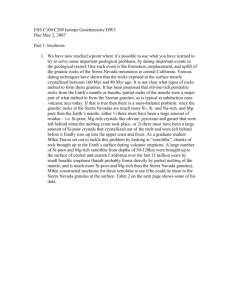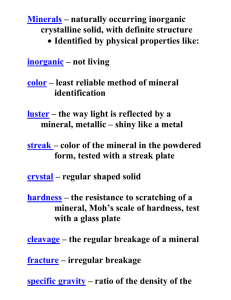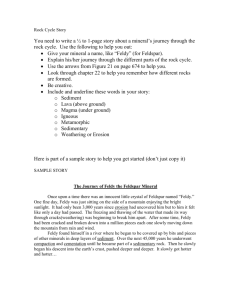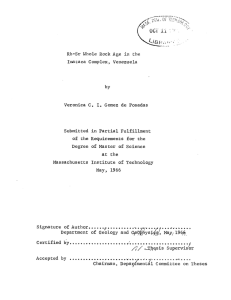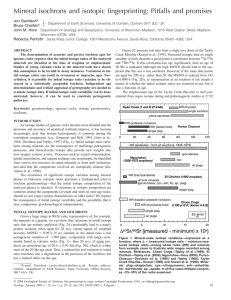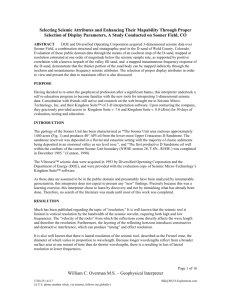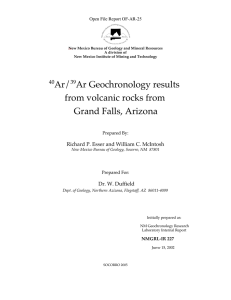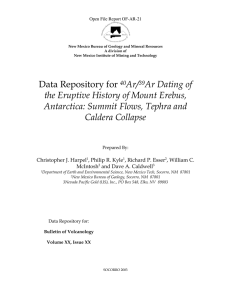Isochron Lab Paper
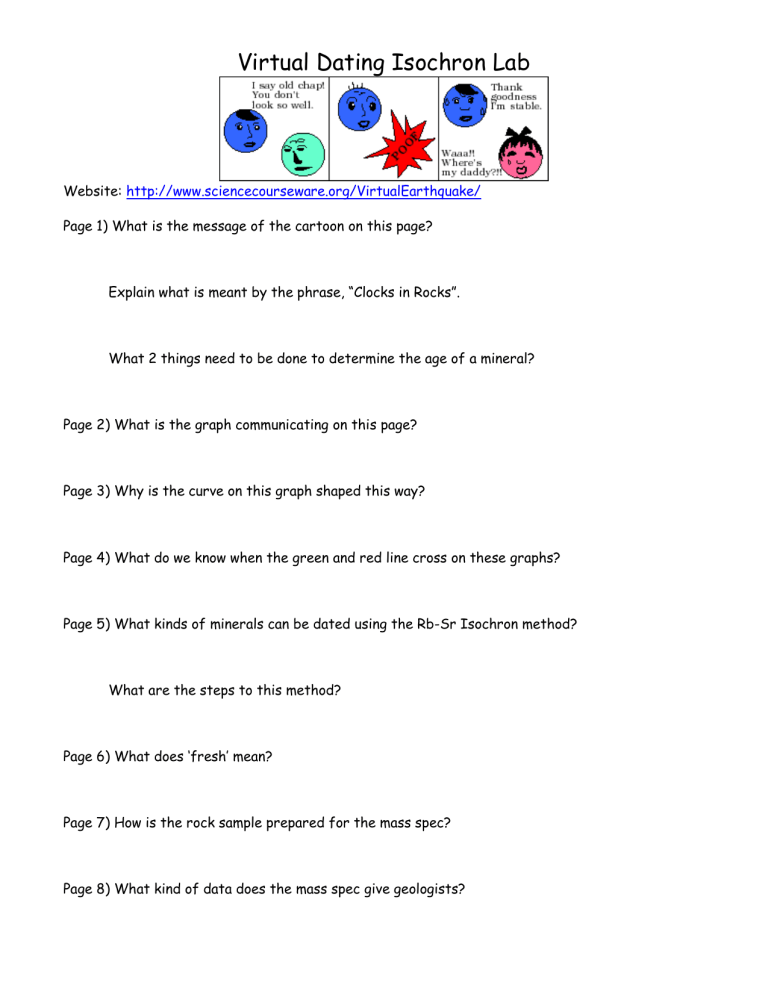
Virtual Dating Isochron Lab
Website: http://www.sciencecourseware.org/VirtualEarthquake/
Page 1) What is the message of the cartoon on this page?
Explain what is meant by the phrase, “Clocks in Rocks”.
What 2 things need to be done to determine the age of a mineral?
Page 2) What is the graph communicating on this page?
Page 3) Why is the curve on this graph shaped this way?
Page 4) What do we know when the green and red line cross on these graphs?
Page 5) What kinds of minerals can be dated using the Rb-Sr Isochron method?
What are the steps to this method?
Page 6) What does ‘fresh’ mean?
Page 7) How is the rock sample prepared for the mass spec?
Page 8) What kind of data does the mass spec give geologists?
Page 9) What is an isochron?
At what point in time do all the mineral seperates have the same amount of daughter isotopes?
Page 10) At what point in time does the isochron have a slope value of zero?
Page 11) How does the slope of the isochron change as the rock gets older?
Page 12) How could you tell an older rock from a younger rock just by looking at their isochrons?
Page 13) Why does mineral M3 move up to the left faster than mineral M2?
Page 14)
Sample Locality Age
(Million years)
Granite Scottish Highlands
Gabbro Sudbury, Canada
Gneiss Greenland
What are 5 things you have learned about radiometric dating from this activity?
